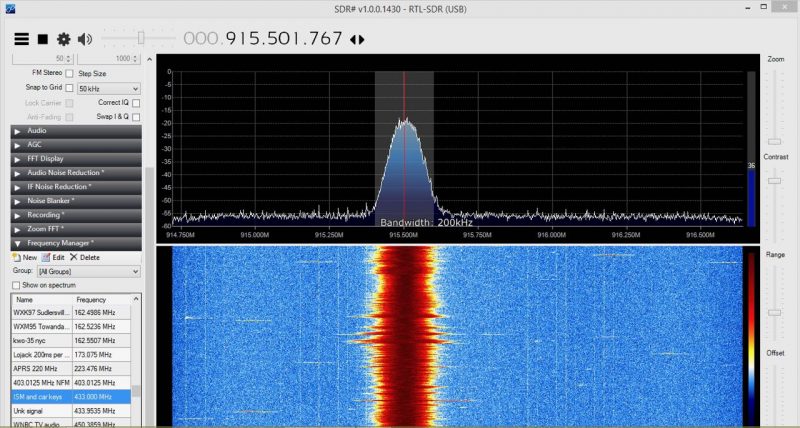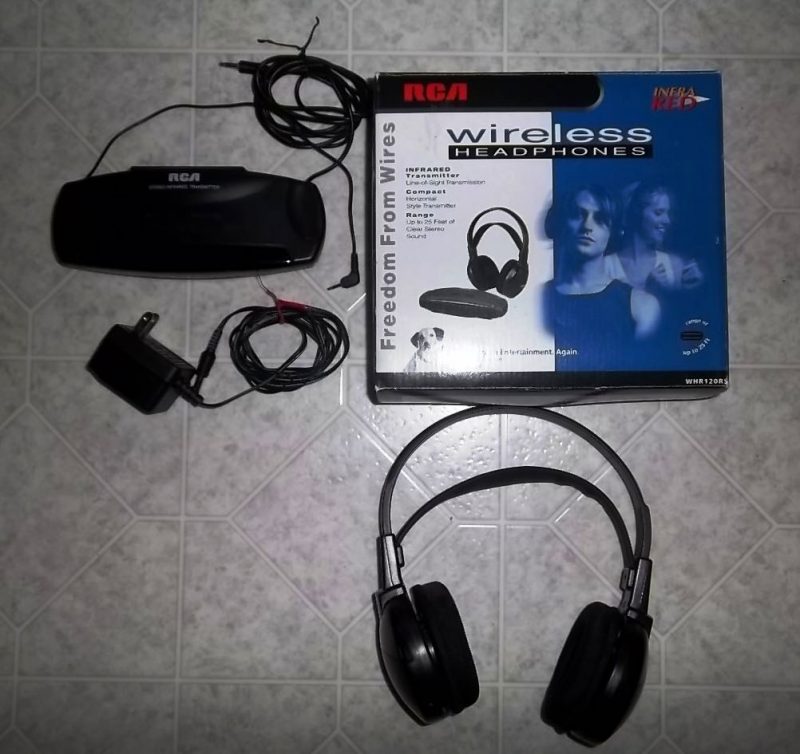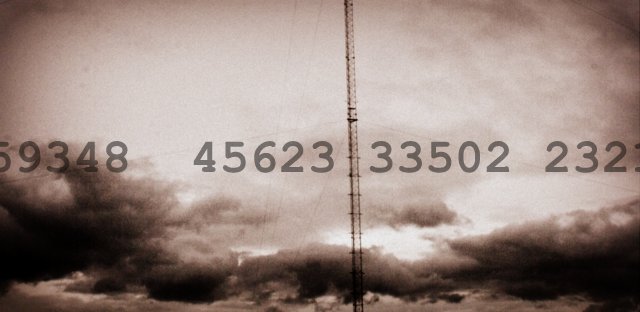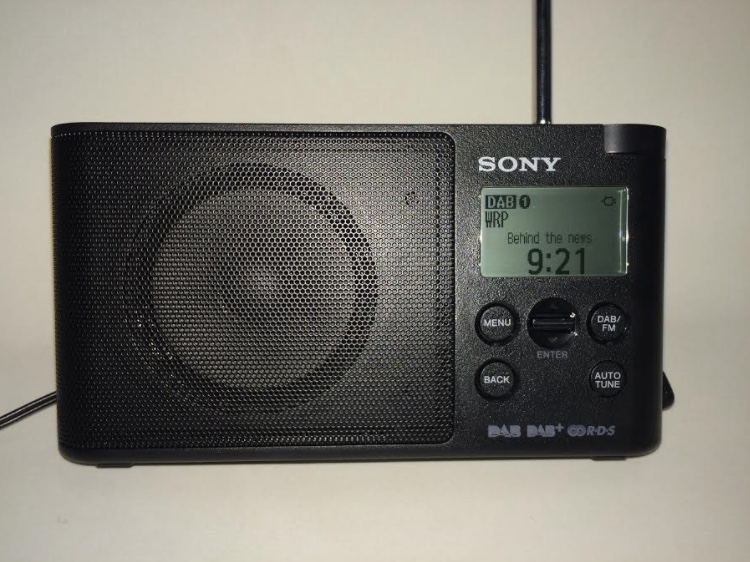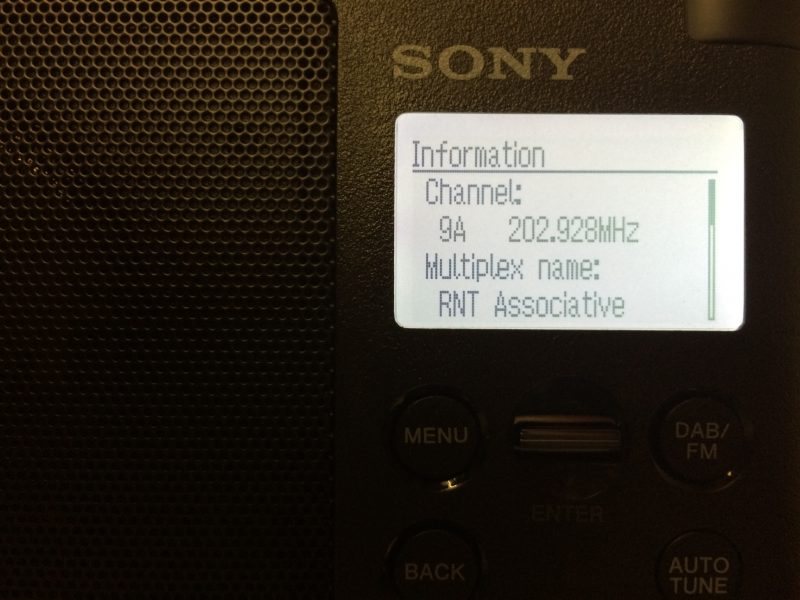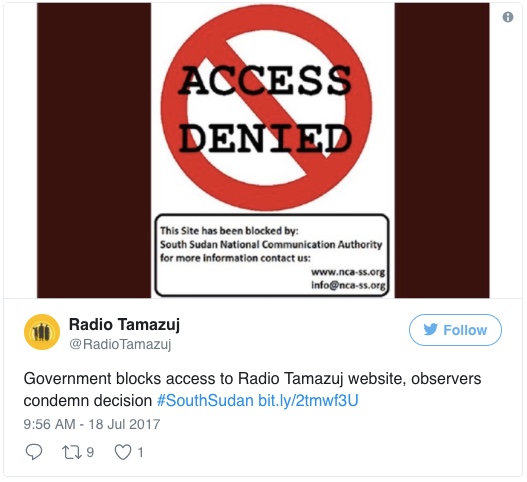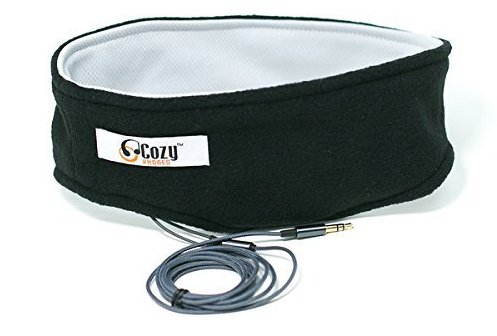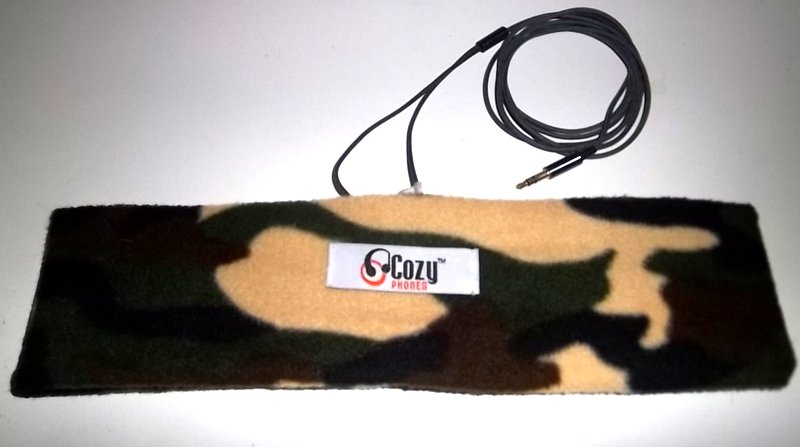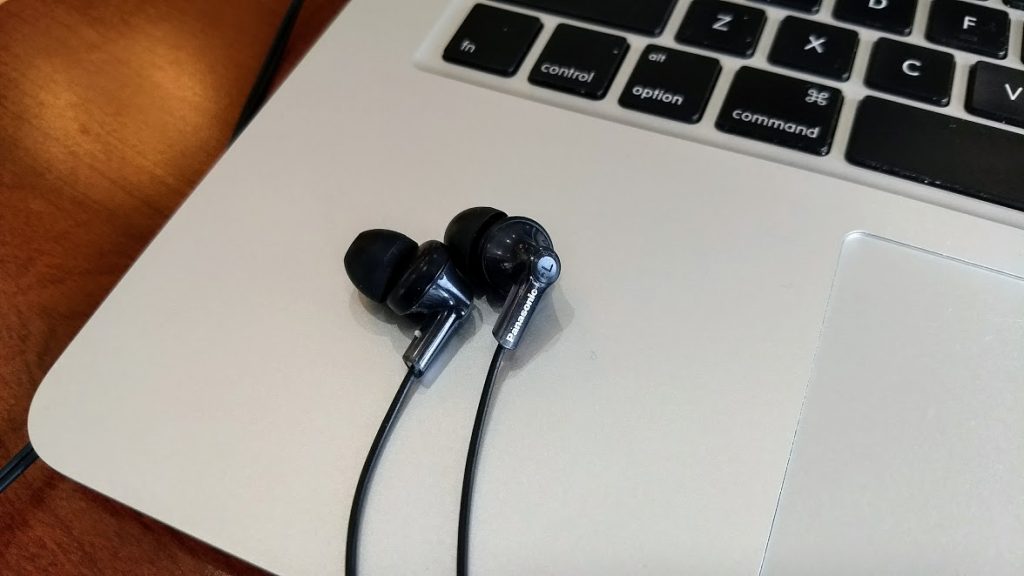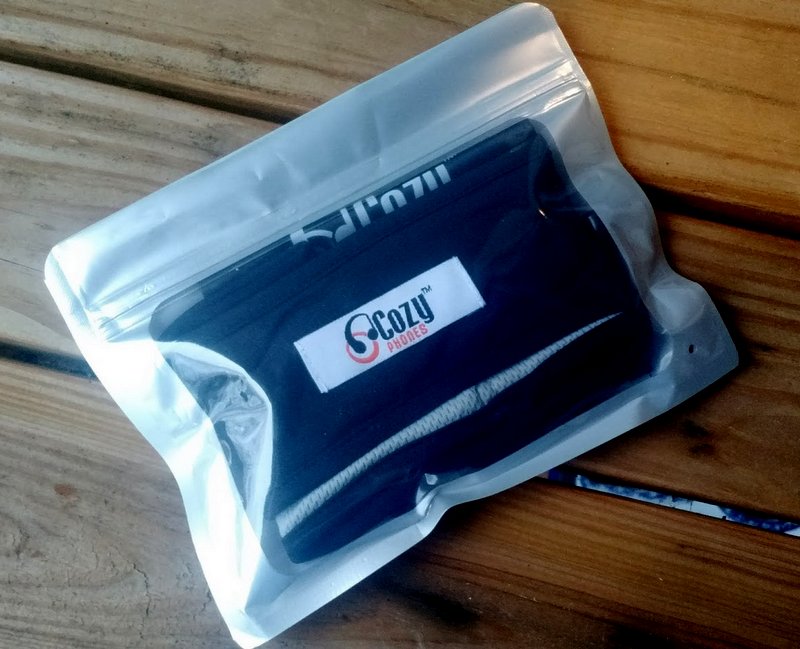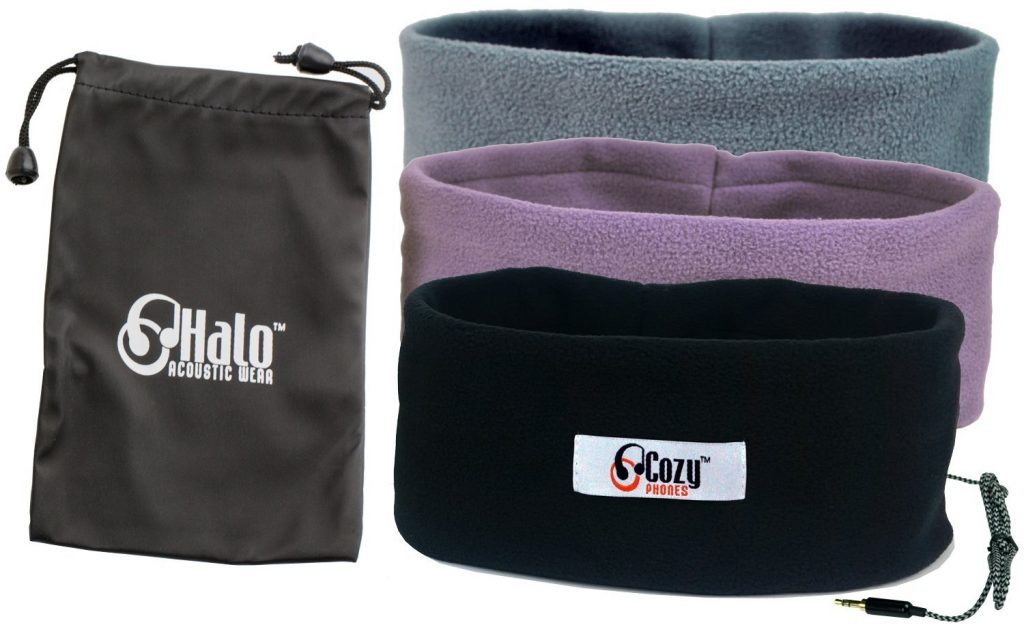Many thanks to SWLing Post contributor, Mario Filippi (N2HUN), who shares the following guest post:
Old School (Infrared) Wireless Headphones
by Mario Filippi (N2HUN)
Have you ever mindlessly walked away from your TV with headphones/ear buds still tethered, causing all sorts of havoc? Been there, done that hi hi! Let’s face it; there are plenty of avenues to remedy the situation by upgrading to wireless headphones. Nowadays most state of the art wireless headphones use radio frequencies to achieve a wireless method of listening. For example, my XYL blissfully listens to TV audio with Sony stereo wireless headphones, using a frequency of 915.5 MHz; below is the actual signal viewed with an RTL-SDR dongle.
But hold the presses: there’s good news for folks not averse to old-school technology.
I recently purchased a set of RCA wireless headphones using infrared technology from shopgoodwill.com. Yes, those of us who are somewhat long in the tooth remember infrared as the common method for consumers to “cut the headphone cord” way back when. Infrared is located just above the radio frequency spectrum starting around 300 Gigs (Gigahertz) and is still commonly used in TV and satellite remotes, but less so now with modern wireless headphones operating in the 900 MHz and 2.4 GHz ISM (Industrial, Scientific, Medical) bands.
Admittedly, the new breed of wireless headphones possesses an array of options not available with older infrared units, but if you are satisfied with a no-frills method of headphone freedom (well about 25 feet range that is), check out the pre-owned inventory offered on shopgoodwill.com. The pair I purchased started at $7.99 with no other interested bidders so the total with shipping was $16.82 with the original box and was complete, including the rechargeable NiCad batteries which still functioned but undoubtedly will need replacing. To boot, the money went to a charitable organization.
Interestingly, I tried using the wireless IR headphones in conjunction with a shortwave receiver (Panasonic DR22) but there was lots of interference, evidently from the IR transmitter; shortwave and the AM BCB were wiped out by the interference. Now on the FM BCB it worked fine. Even tried it with a scanner and it seemed to work well with FM transmissions (police, fire, EMS) but not with aero AM (108 – 136 MHz).
In the end my venerable older headphones have been relegated to the “shelf of infrequently utilized equipment.” Radio hobbyists might want to visit www.shopgoodwill.com as there are lots more radio memorabilia for window shopping or adding to one’s armamentarium. Remember to read the descriptions carefully as to the working condition. In the interest of full disclosure, I am not associated with ShopGoodWill in any way except that I’m a very satisfied customer. And yes, there are new, state-of-the-art wireless headphones available at a comparable price, so why the reason for this tale? Well, for knowledge, a little history, and a dash of sentimentality, that’s all! hi hi!
Thanks, Mario!
I briefly worked in a RadioShack store in the mid 1990s. We had a set of IR wireless headphones on display and hooked up to a receiver. I remember putting them on and listening to music after/before store hours completing mindless tasks like inventory, clean up, etc. It felt incredibly liberating to walk around the store without a headphone cord umbilical cord! The IR footprint covered the entire store, but fell apart if I had to duck below an end-cap or shelf partition.
Thank you for taking us on a wireless stroll down memory lane, Mario!

